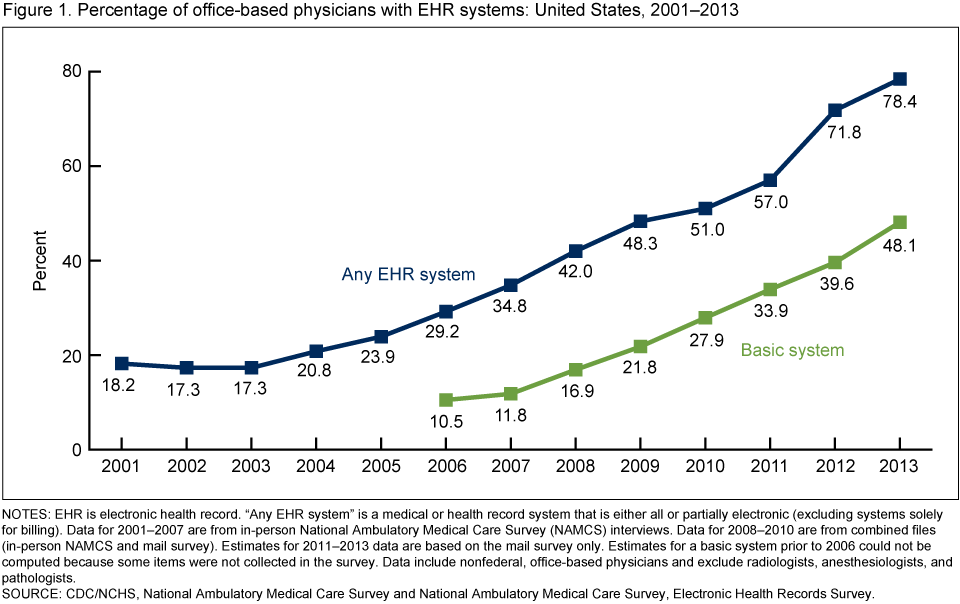As a result of the announcement of
the Precision Healthcare Initiative by President Obama at the end of January,
innovative structures for improving healthcare are in the spotlight. In the media, there has been a lot of conversation
about healthcare in the United States and what kind of changes can be made to improve
quality and access to care. Buzzword phrases like prospective healthcare, precision
medicine and personalized medicine have been used interchangeably; however,
they have distinct meanings. These terms share a common thread in that they
promote individualized planning and treatment, but recognizing the differences
between them and understanding related terms is important. This post seeks to
remedy confusion and provide clarification.
Precision healthcare is primarily
focused on improving health outcomes through genomics. Genome sequencing allows
for better understanding of which genes or combination of genes lead to onset
of diseases, and which genes can provide resiliency against diseases. Based on
a multi-level analysis of genes and other data, precision healthcare allows
physicians and pharmaceutical companies to strengthen their understanding of
gene-environment interactions and understand how to treat particular diseases
given a set of mutations Precision healthcare also emphasizes the importance of
diagnostic testing, as this allows doctors to identify the best treatment for
an individual’s particular disease. Precision medicine is already at work in
treatment of cancer and fibromyalgia.
Personalized healthcare, which is
the focus of this Center, rallies around four core tenets. Prospective
healthcare promotes 4Ps: predictive, preventive, patient engagement, and
personalized care. In integrating these four concepts, personalized healthcare creates a model
that emphasizes long range planning rather than costly reactionary care. Chronic, preventable diseases make up the bulk of spending on
American healthcare provision. Personalized healthcare seeks to remedy spending
on chronic care by encouraging healthy behavior and planning. It emphasizes
doctors spending more time with their patients, looking at their health
history, and identifying disease risk early-on. The physician and patient work
together to create a health plan, and the patient is expected to engage in
his/her own health management. Studies using this more prospective approach at Duke have shown that
this model improves health outcomes.
Personalized medicine falls under the
umbrella of personalized healthcare but the terms are unique. Personalized medicine is rooted in therapies that are tailored to fit an individual based on their
genetic, genomic, and clinical information. Armed with this information,
accurate predictions can be made about a person's vulnerability to particular
diseases and understanding their responses. In addition, gene based therapies or interventions can be customized for the individual and their genetic susceptibilities. Despite these differences, personalized medicine and the broader personalized health care movement are upon us and has the potential to shift health care to a more proactive model rooted in preventive medicine and patient engagement.
Phoebe Long, is a senior at Duke University and a research intern at Duke’s Center for Research on Personalized Health Care.

